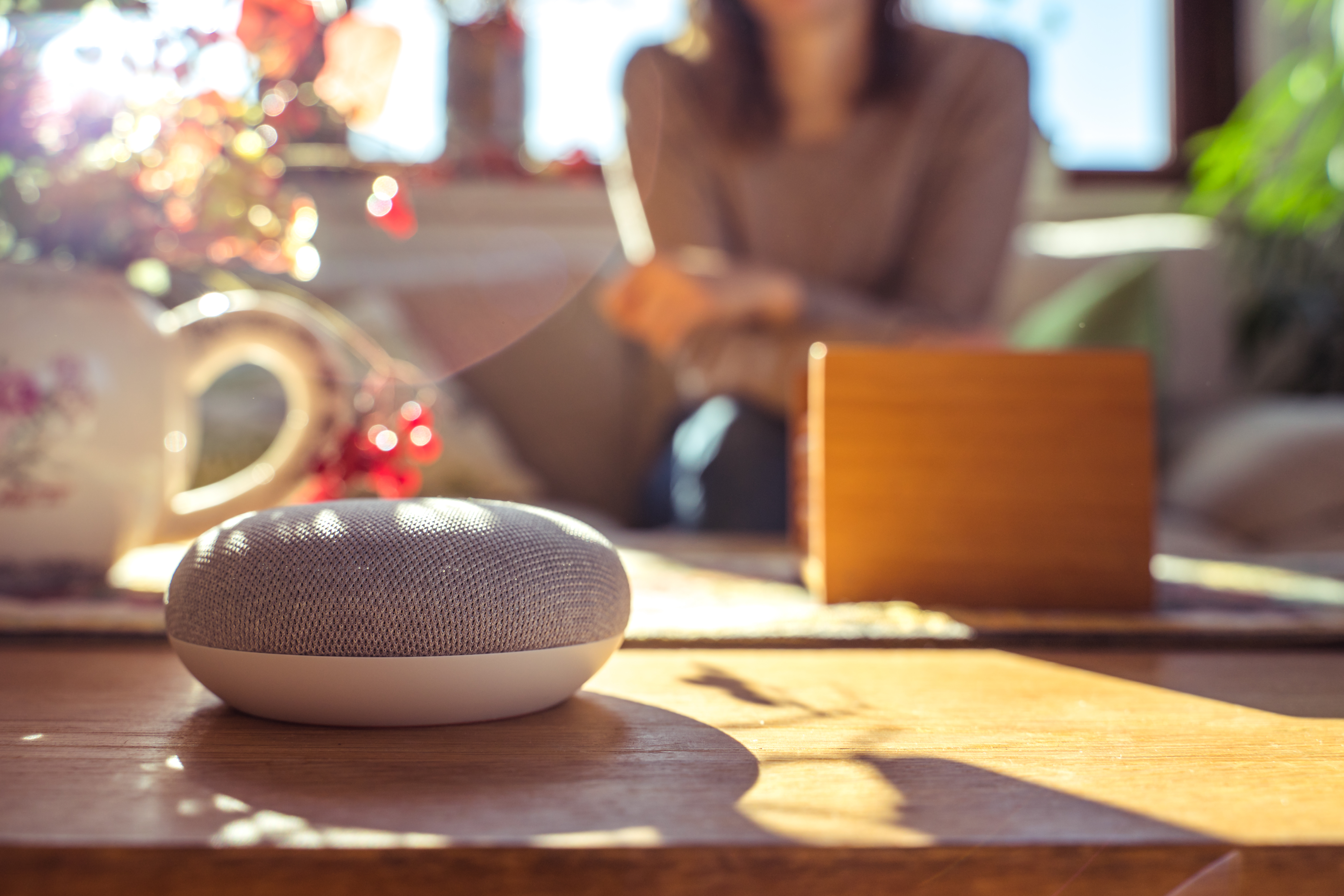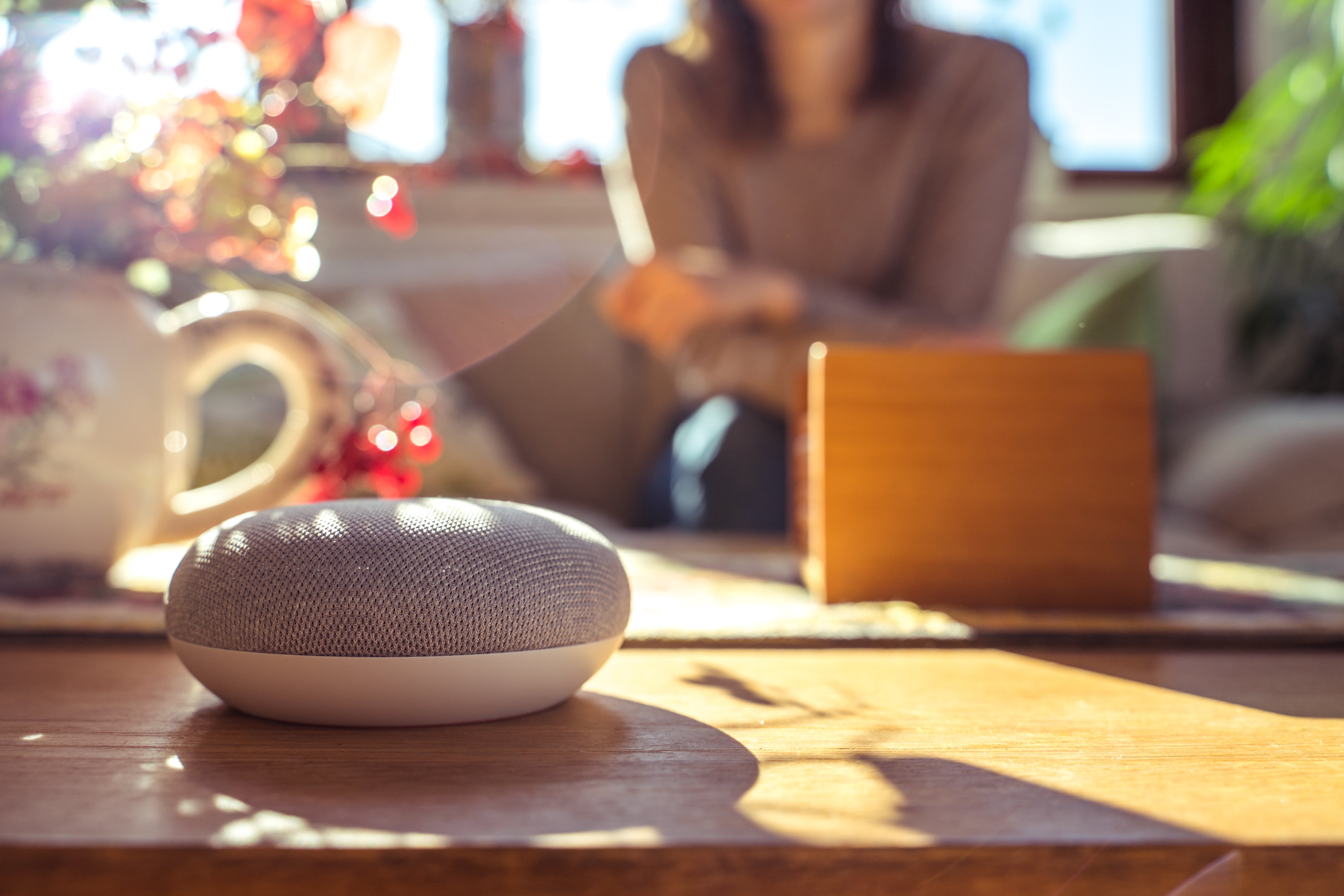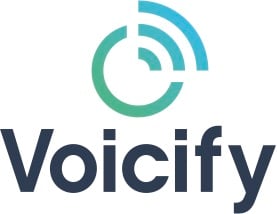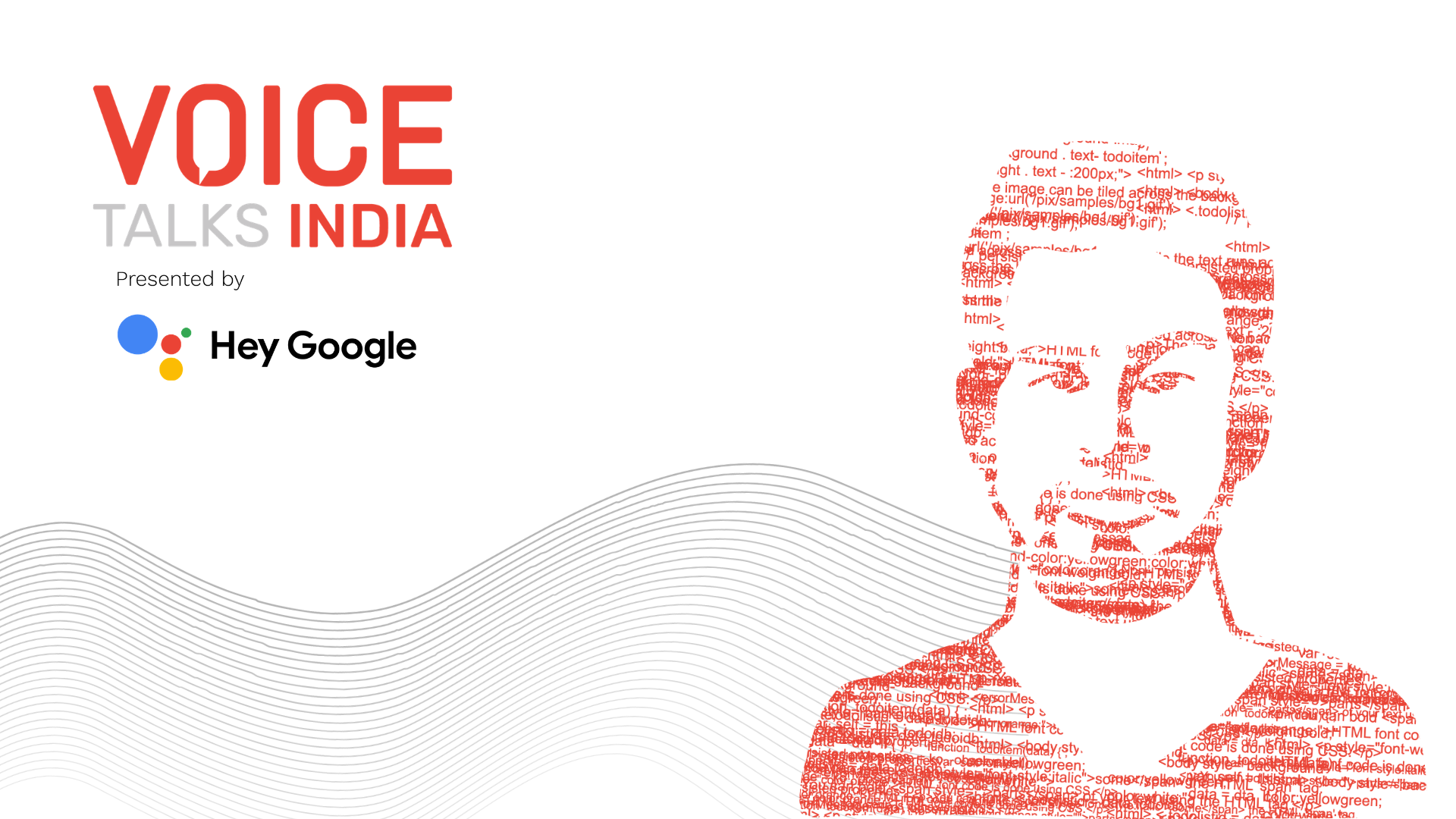





Almost everyone knows the unsettling sensation of their day feeling incomplete until they've relentlessly flitted from one social media platform to another. For some, they can't go to bed without immersing themselves in a game or a series first. It's just a habit. But you didn't create that habit all by yourself.
Most of the tech we use every day has been designed to become a part of your routine. But best-selling author Nir Eyal says the keys to building sticky products shouldn't be reserved for just social media and gaming. In his highly regarded book, Hooked: How to Build Habit-Forming Products, Nir assures business owners that anyone can take the same behavioral design principles that keep us on our phones until 3 AM, and use them in reverse to break bad habits instead.
That means we can help people make a habit of things like eating healthily or taking their pill at the right time. For those building voice-first experiences, this is the holy grail of design. So we invited Nir to the Inside VOICE podcast to share how you can build voice products that forge healthy habits in the people using them.
In his book, Nir writes about a "series of experiences that products use to create beneficial user habits." This series is what he calls "hooks."
To explain how hooks work, Nir gave the example of turning on the car radio— back in pre-Internet days when all you had to amuse yourself while on the road was your own imagination. Here's how this scenario would fit into the hook cycle.
Trigger: With nothing else to do while on the road, you fall into an uncomfortable emotional state—an internal trigger—that pushes you to find a distraction.
Action: So, you press a button or roll a dial to turn on the radio. It's the simplest behavior that would lead you to the next phase.
Variable reward: As the radio crackles on, there's a spark of anticipation and even some mystery of what will play next.
Investment: Now that you're listening to a song you like, you decide to add that radio station to your favorites. So next time you get in the car, you know exactly what you're going to do to make the drive interesting.
So, how does this all apply to voice? The problem with voice interfaces is that there isn't an interface, which rules out external triggers (e.g. a homepage app icon or a notification on your phone), and relies entirely on internal triggers.
"If it's not a habit, people just won't use it." Nir concluded.
With the voice tech space filling up with new products every day, designing habit-building products in this industry is quickly becoming more important than ever.
Nir explains that, as a product designer, your best bet of sparking engagement with your users is to place the external trigger as closely as possible to the internal trigger. For example, your Alexa skill can prompt a user with an alarm, setting off their internal trigger that pushes them to take action.
The key here is to wield external triggers wisely. Bombarding your users with rings and dings every other hour will overwhelm their internal trigger to the point of numbness. So pinpoint at what moment your product is most valuable, and add an external trigger to it. For a healthy eating skill, the prime moment would be at meal times, for instance.
Now what about that element of anticipation and surprise? This variability, as Nir calls it, is what builds that subtly addictive edge in every habit, and in Voice it's important that you balance it.
"The variability can be 'what am I going to say next?' and that's what keeps people engaged. But it also has to be under their control." Nir said.
The trick here is to balance consistent features with variable ones. A fun Google action that gives hilarious responses makes for an engaging experience, but the user will want to control when those responses are given, rather than have them sounding off spontaneously. That's when it stops being fun. Remember to always keep a healthy balance.
With all this calculated design, it might feel as though you're manipulating your users into doing what you want. As Nir said in the episode, "the difference between persuasion and coercion is one word." But he assured that people aren't as malleable as many would believe.
"A really nice grocery store will probably lure you to walk in and buy an apple, but if the apple isn't good you won't go back. It's as simple as that." Nir said.
So even if you submerge your voice app in behavioral science, its success will always rely on whether you build a valuable experience that genuinely motivates people to keep coming back.
The blend of psychology and technology is no less than fascinating. At VOICE, we have two exciting opportunities to give you all the knowledge you need to build your own highly engaging products:
VOICE Talks: This is a free monthly livestream presented by Google Assistant that features different industry experts in each episode to give you the inside scoop on current trends and opportunities.
VOICE 2020: This year we're taking the world's largest voice tech conference online to make it easier than ever for pioneering thinkers, designers, marketers and everyone in between to meet. Jump online to learn, chat, and connect with your favorite leaders in Voice.




.png)

VOICE Copyright © 2018-2022 | All rights reserved: ModevNetwork LLC
